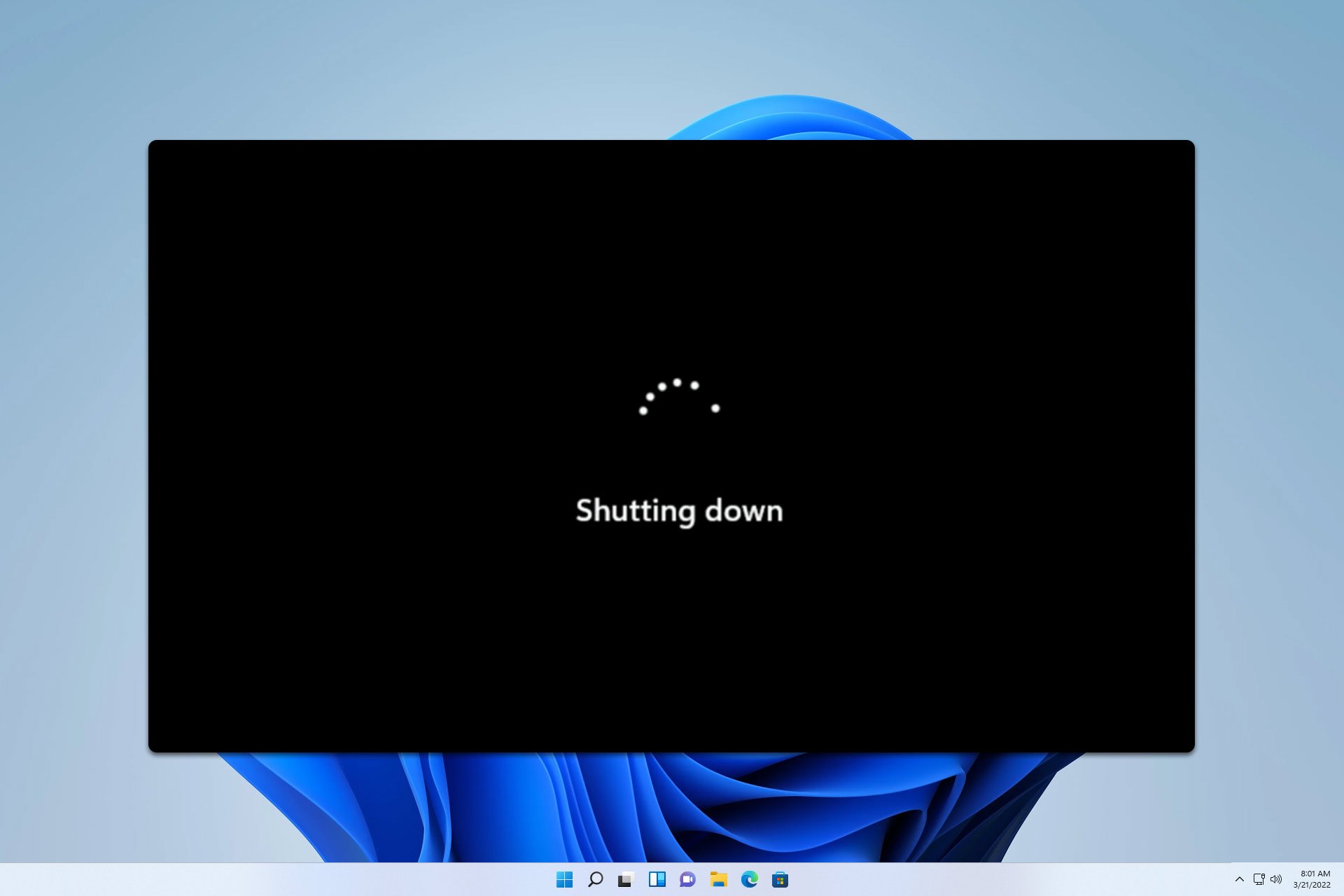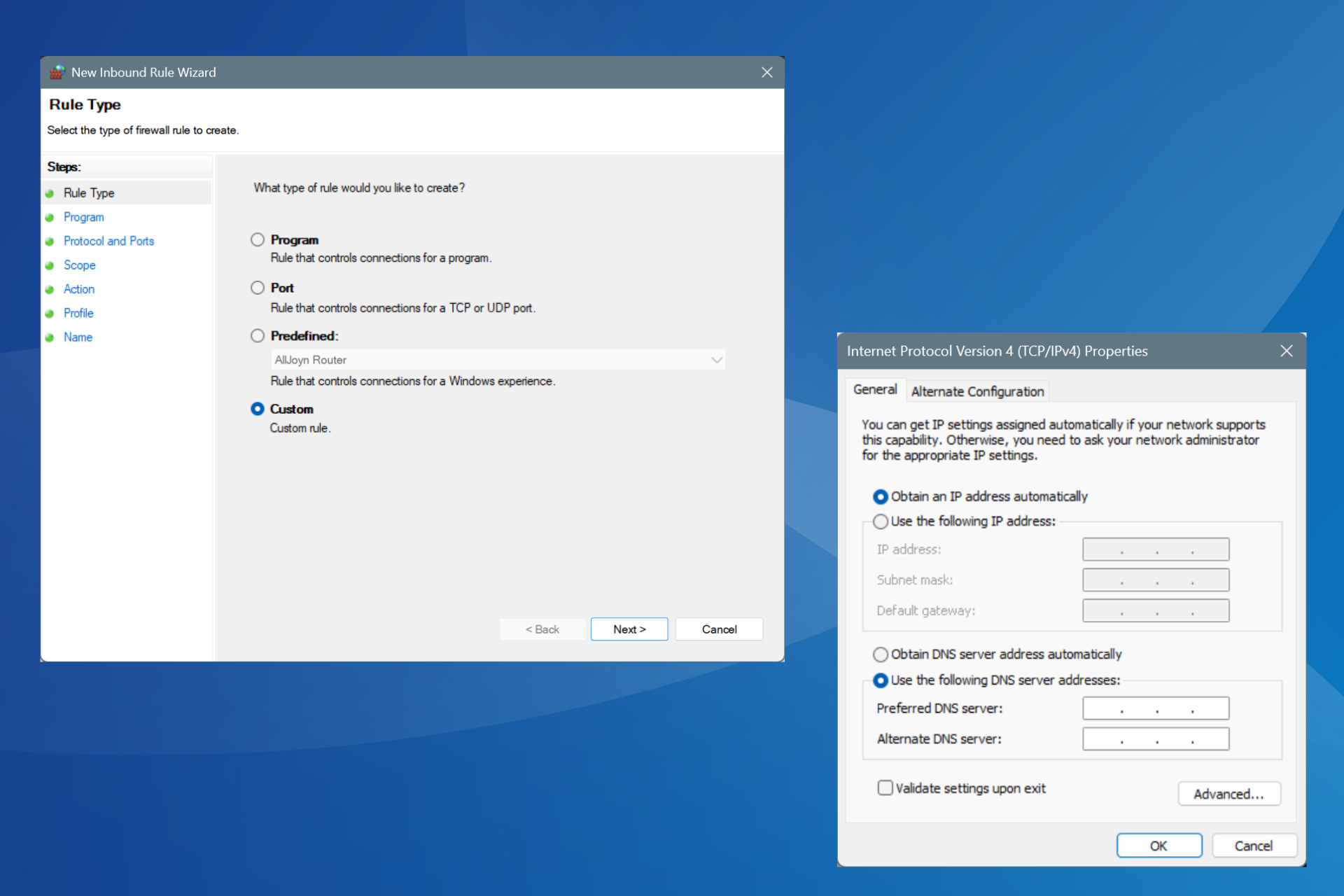How to Fix ERROR_SYSTEM_POWERSTATE_COMPLEX_TRANSITION
Have you made any changes to your BIOS lately?
3 min. read
Published on
Read our disclosure page to find out how can you help Windows Report sustain the editorial team. Read more

ERROR_SYSTEM_POWERSTATE_COMPLEX_TRANSITION with error code 783 (0x30F) occurs when the system encounters difficulties handling a complex transition between power states, such as transitioning between sleep, hibernation, or shutdown modes. This error is usually due to faulty or problematic drivers, incompatible hardware, firmware issues or stuck background processes.
How do I fix ERROR_SYSTEM_POWERSTATE_COMPLEX_TRANSITION?
1. Update the drivers
- Press Win + X and select Device Manager.
- Expand the categories of components one by one and see if any of the drivers has an exclamation mark next to it, pointing to a problem.
- Right-click on the device and select Update Driver.
- Use the Search automatically for updated driver software option.
- You should mainly watch for the graphics card, network adapters, chipset and storage controllers because those are the main culprits for the ERROR_SYSTEM_POWERSTATE_COMPLEX_TRANSITION bug check.
You should also check for OS update since they may come with updated drivers. If this doesn’t work, head over to the manufacturer’s support websites and download the right driver for your component and system. If you don’t want any headaches with this step, you may use a driver updater tool because they usually provide the newest drivers and perform the update automatically.
2. Update the BIOS/UEFI firmware
- Open System Information (Win + R, type msinfo32).
- Note the BIOS/UEFI version and manufacturer.
- Visit the motherboard or laptop manufacturer’s support page.
- Each manufacturer provides specific steps for updating BIOS/UEFI. Follow them carefully to avoid bricking your system.
Firmware manages the communication between hardware and the operating system during power transitions. So, an outdated BIOS firmware may lead to this error. We also have a complete guide on how to update your BIOS if you need more help.
3. Run the Power troubleshooter
- Press Windows + R to start the Run console.
- Paste the following command and press Enter to start the Power troubleshooter:
msdt.exe /id PowerDiagnostic - Follow on-screen instructions to identify and resolve power-related issues.
The Power troubleshooter will soon be retired by Microsoft, but for now, it still works when it’s started through the Run console.
4. Adjust the power settings
- Click the Start button, type control panel and open the app from the results.
- Go over to Power Options and choose a High Performance or balanced plan.
- While you’re still in the Power Options window, click on Choose what the power buttons do.
- Click Change settings that are currently unavailable.
- Uncheck Turn on fast startup and save the changes.
- Restart the system and check if the error reoccurs.
5. Check for resource-intensive background processes
- Open Task Manager (Ctrl + Shift + Esc).
- Look for high-resource applications, especially during power transitions.
- End unnecessary tasks by selecting them and clicking End Task.
Also, check if a process is stuck although you closed the application which is using it. This might prevent the system to change from one power state to another. It mostly happens with overclocking tools and power management apps.
6. Perform hardware tests
- Test RAM:
- Use Windows Memory Diagnostic (mdsched.exe).
- Check Storage Health:
- Use tools like CHKDSK or third-party software.
- Run:
chkdsk C: /f /r
- Inspect External Devices:
- Disconnect peripherals like USB drives and external monitors to see if the issue persists.
If you installed any new hardware lately, check if it’s connected properly, if it’s compatible with your system and functions properly.
By following these steps systematically, you can resolve ERROR_SYSTEM_POWERSTATE_COMPLEX_TRANSITION and restore proper power state functionality. If the issue persists, consult your hardware or system manufacturer for further assistance. You can only leave a comment in the dedicated section below.








User forum
0 messages